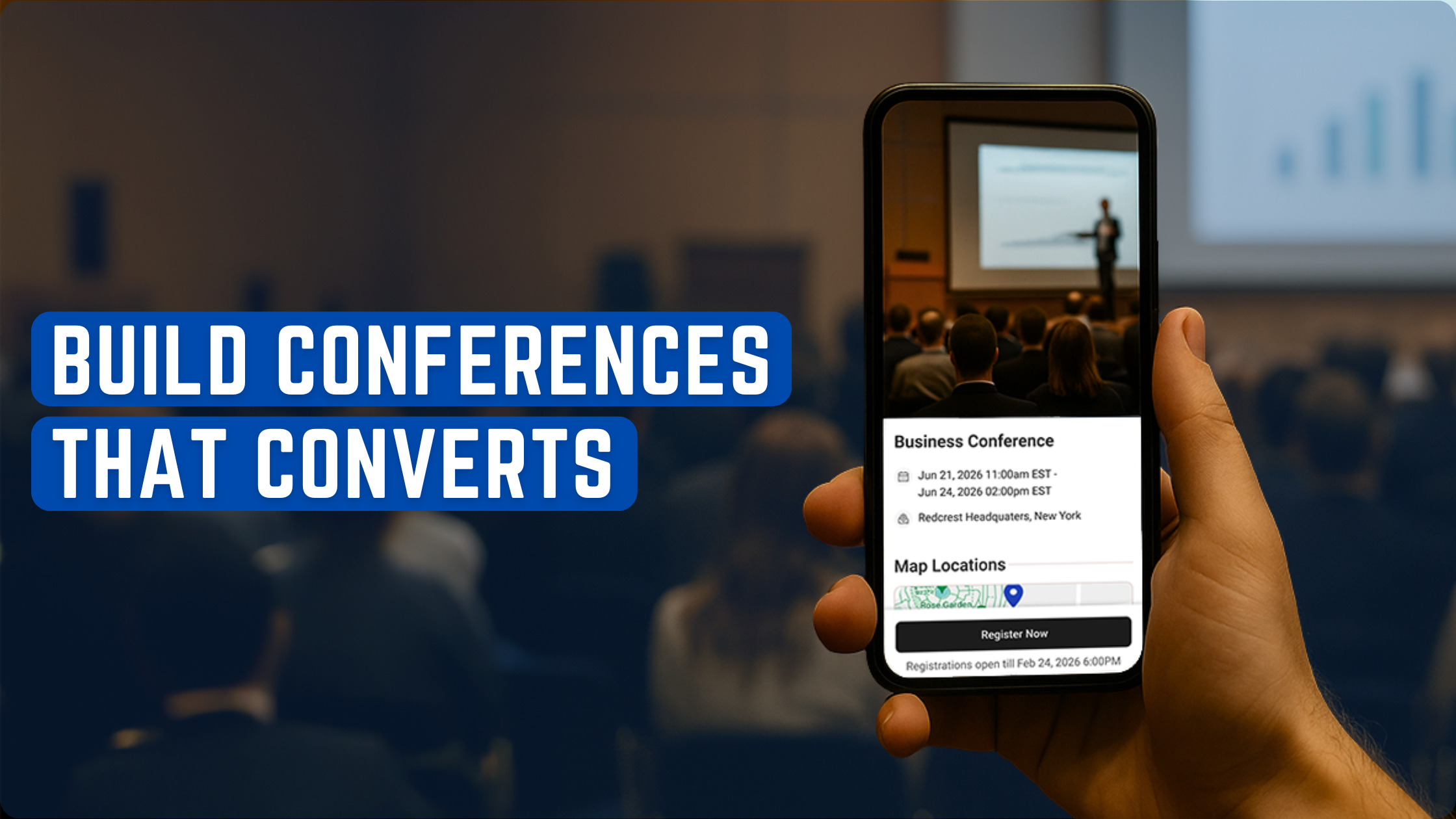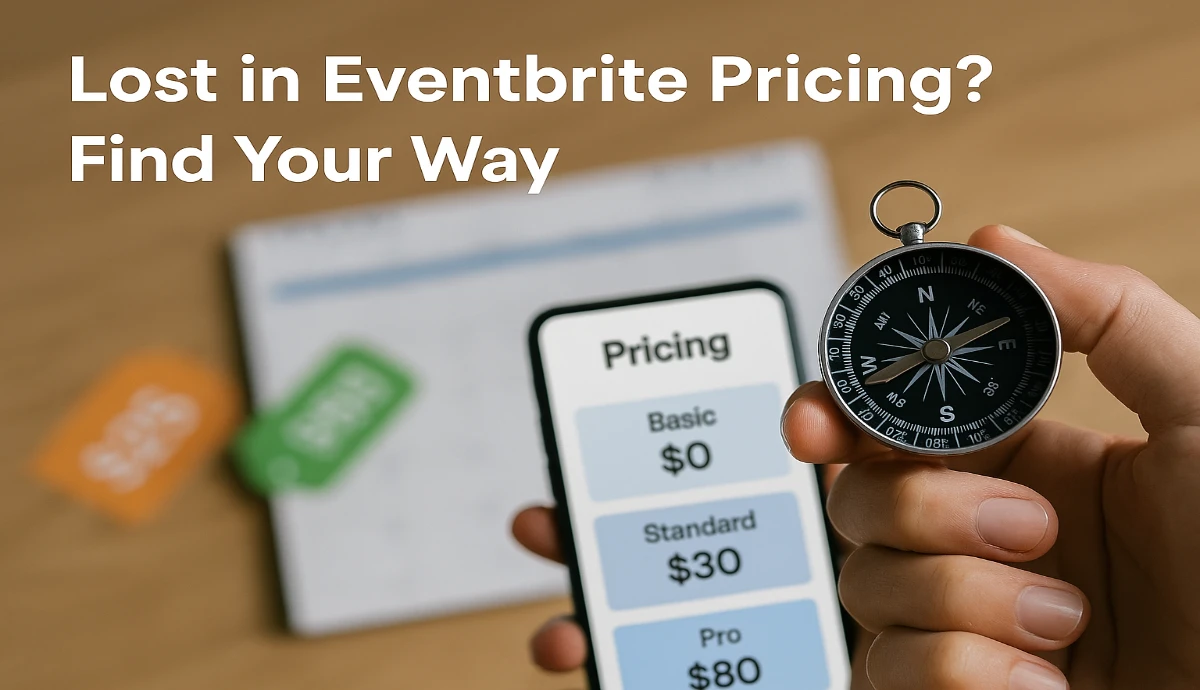Analyzing customer feedback from a conference can be a valuable way to gain insights into your business. Whether you are looking to improve your product, service, or overall customer experience, feedback from a conference can provide you with a wealth of information. However, analyzing this feedback can be a daunting task, especially if you have a large amount of data to sift through.
The first step in analyzing customer feedback from a conference is to gather all of the data in one place. This could include feedback from surveys, comments left on social media, or even conversations that you had with attendees. Once you have all of the data in one place, you can begin to categorize and organize it. This will make it easier to identify common themes and trends.
One effective way to categorize customer feedback is to use a tool such as a word cloud. This tool will allow you to visualize the most commonly used words and phrases in the feedback, giving you a quick and easy way to identify the most important issues. Another useful tool is sentiment analysis, which can help you to understand the overall tone of the feedback. By using these tools and techniques, you can gain valuable insights into your customers' experiences and use this information to improve your business.
Establishing Feedback Collection Methods
As a conference organizer, it's important to establish effective feedback collection methods to understand how attendees felt about the event. This feedback can help you improve future conferences and ensure that attendees have a great experience. Here are some effective feedback collection methods you can use:
Setting Up Feedback Stations
One way to collect feedback is to set up feedback stations throughout the conference venue. These stations can be manned by volunteers or staff who can collect feedback from attendees in person. Consider setting up stations in high-traffic areas such as the registration desk, breakout rooms, and near the keynote stage.
To make the feedback collection process easier, you can create a feedback form or survey that attendees can fill out on paper. This form should ask attendees to rate different aspects of the conference such as the keynote speakers, breakout sessions, and overall organization. You can also include open-ended questions that allow attendees to provide more detailed feedback.
Conducting Post-Conference Surveys
Another effective way to collect feedback is to conduct post-conference surveys. These surveys can be sent to attendees via email or through a conference app. Post-conference surveys should be designed to gather feedback on specific aspects of the conference, such as the keynote speakers, breakout sessions, and overall organization.
When designing your post-conference survey, make sure to keep it short and to the point. Attendees are more likely to complete a survey if it doesn't take too much of their time. You can also offer incentives such as a discount on the next conference registration fee or a chance to win a prize to encourage attendees to complete the survey.
Utilizing Mobile Apps for Real-Time Feedback
Mobile apps can be an effective way to collect real-time feedback from attendees. You can use the app to send out polls or surveys during the conference to gather feedback on specific sessions or speakers. Attendees can also use the app to provide feedback on the overall conference experience.
To encourage attendees to use the app, make sure to promote it before and during the conference. You can also offer incentives such as access to exclusive content or a chance to win a prize for using the app and providing feedback.
By using these feedback collection methods, you can gather valuable insights into how attendees felt about your conference. This feedback can help you improve future conferences and ensure that attendees have a great experience.
Analyzing Feedback Data
After collecting feedback data from a conference, the next step is to analyze it to draw insights and make data-driven decisions. Here are some effective ways to analyze customer feedback:
Qualitative vs Quantitative Analysis
Feedback data can be qualitative or quantitative. Qualitative data is subjective and descriptive, while quantitative data is objective and numerical. Both types of data are important for analyzing feedback. Qualitative data can provide context and insights into customers' experiences and emotions, while quantitative data can help identify trends and patterns.
Identifying Recurring Themes and Patterns
One way to analyze feedback data is to identify recurring themes and patterns. This can be done manually or with the help of software tools. By categorizing feedback into different themes, you can gain a better understanding of what customers are saying and what their priorities are.
Using Software Tools for Data Analysis
There are many software tools available that can help with analyzing feedback data. These tools can automate the process of categorizing feedback into themes and patterns, and can also provide visualizations and reports to help you better understand the data. Some popular tools for analyzing feedback data include Dovetail, Userpilot, and SentiSum.
Actionable Insights and Reporting
Once you have analyzed the feedback data, the next step is to draw actionable insights and create reports to share with stakeholders. Actionable insights are specific, data-driven recommendations that can help improve the customer experience. Reports should be clear and concise, and should highlight the most important findings from the feedback data.
By following these steps, you can effectively analyze customer feedback data from a conference and use it to make data-driven decisions that can improve the customer experience.
Conclusion
In conclusion, analyzing customer feedback is crucial for the success of your business. It helps you understand what your customers like and dislike about your product or service, and enables you to make data-driven decisions. By collecting both qualitative and quantitative data, you can gain actionable insights and improve your customer experience.
Attending a conference can be a great way to collect customer feedback. You can use tools like the Ticket Generator to create and validate tickets, track attendance, and gain valuable event insights. The Ticket Generator also provides customizable ticket templates, QR codes for ticket validation, and ticket sharing options via social media platforms. After signing up, you can also get 10 free tickets to use for your event.
Related Posts:
- Generating Event Insights Made Easy
- Create Memorable Events with Ticket Templates
- Streamlined Ticket Validation with the Ticket Generator
- Send Custom Tickets Seamlessly with the Ticket Generator
In summary, using the Ticket Generator can simplify attendee management and enhance event security with QR codes. The tool also allows you to send custom tickets seamlessly to enhance attendee experiences. By using the Ticket Generator, you can gain valuable insights into your event and optimize strategies for future events efficiently.






.gif)





